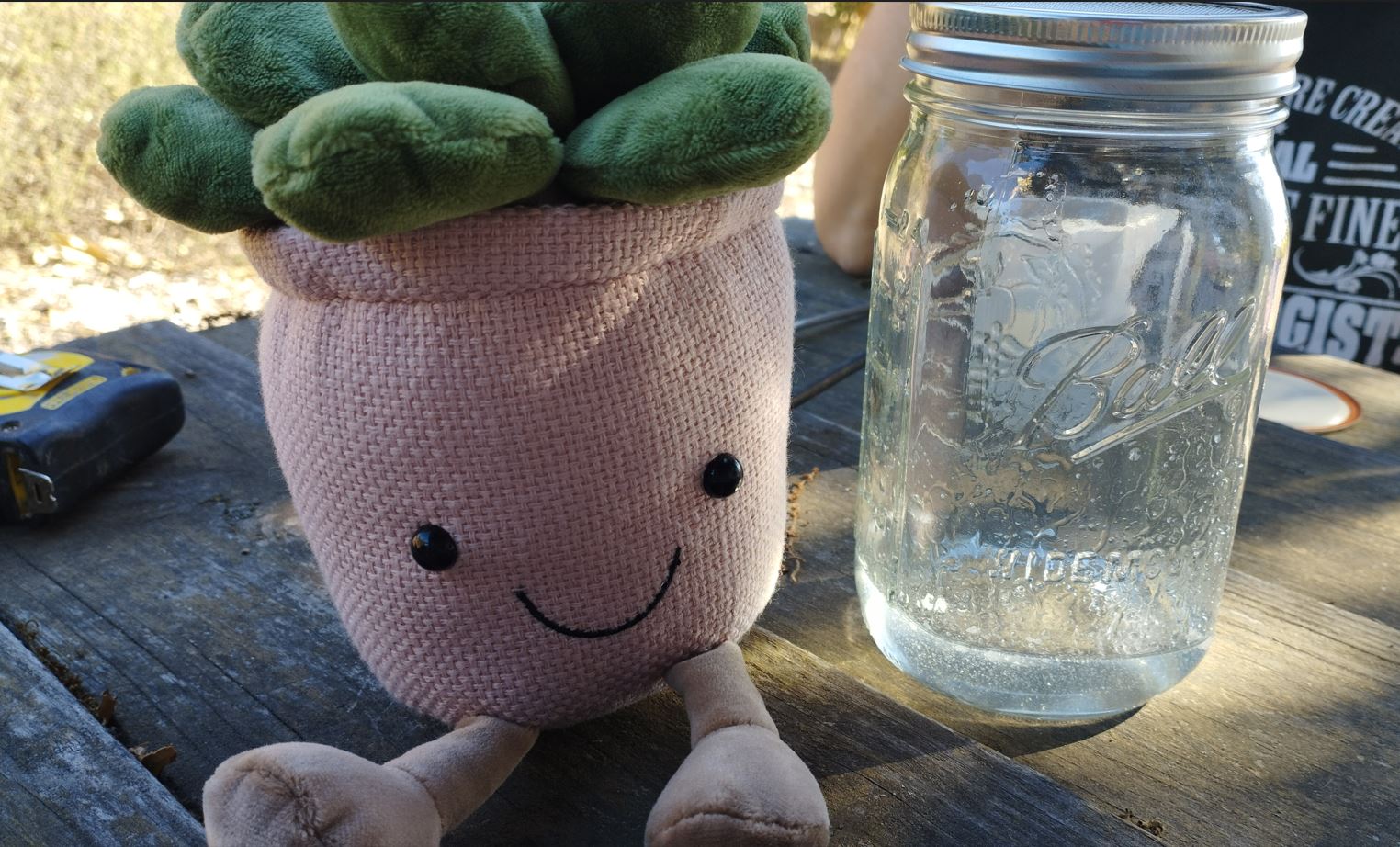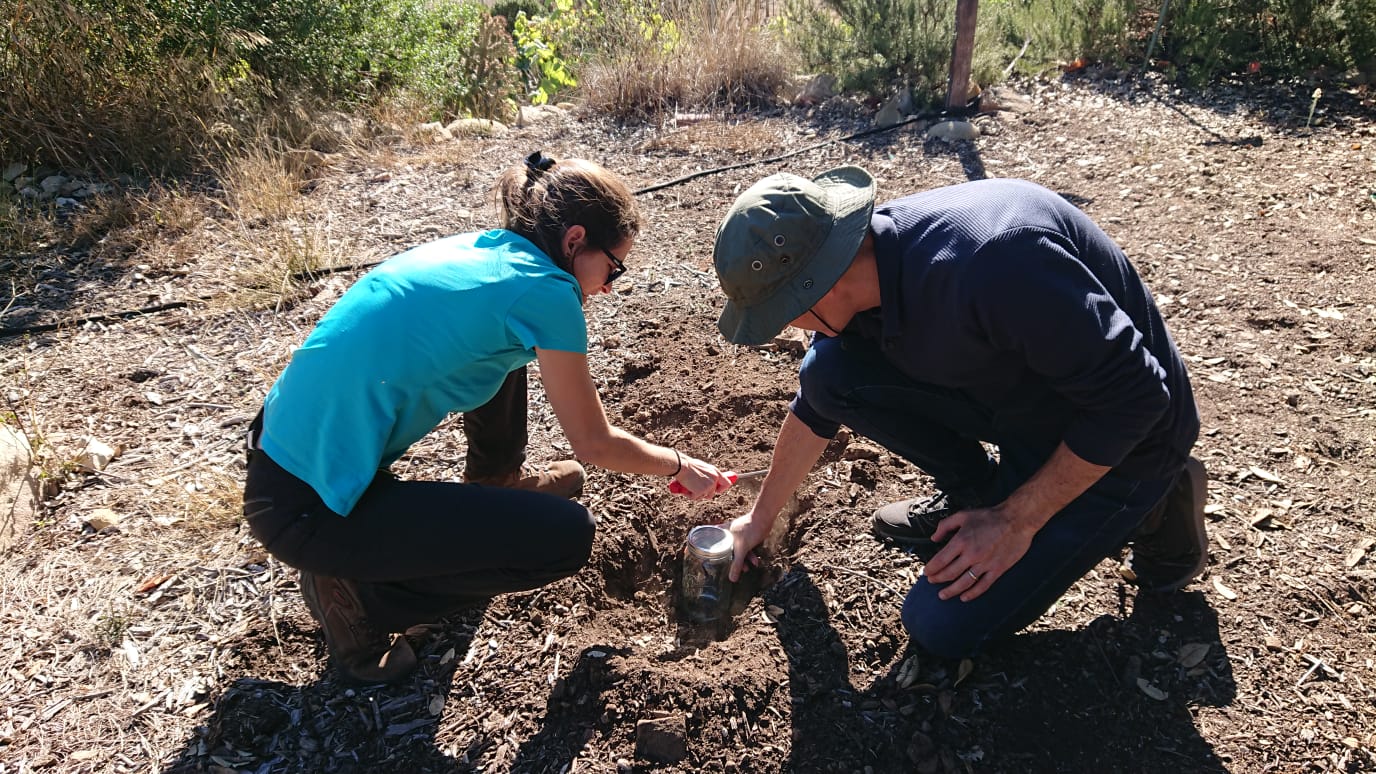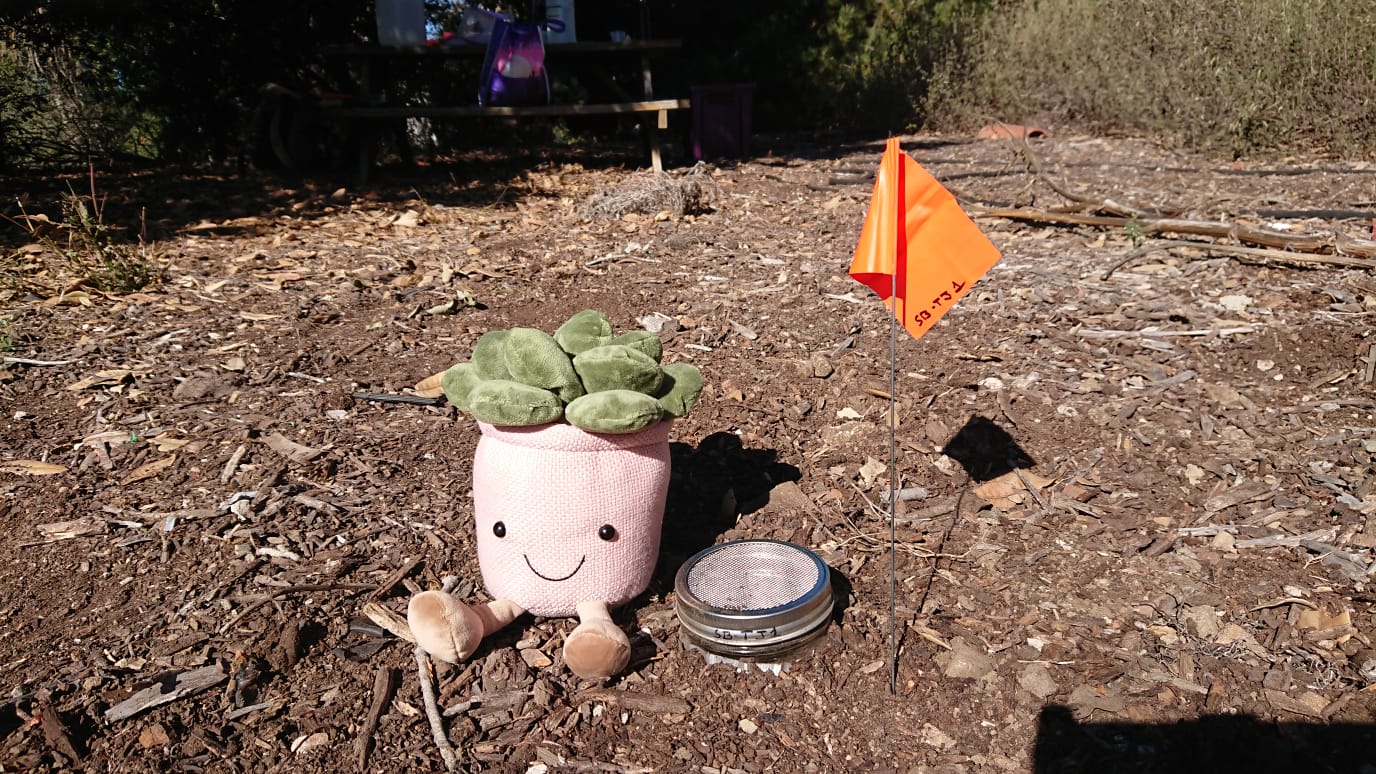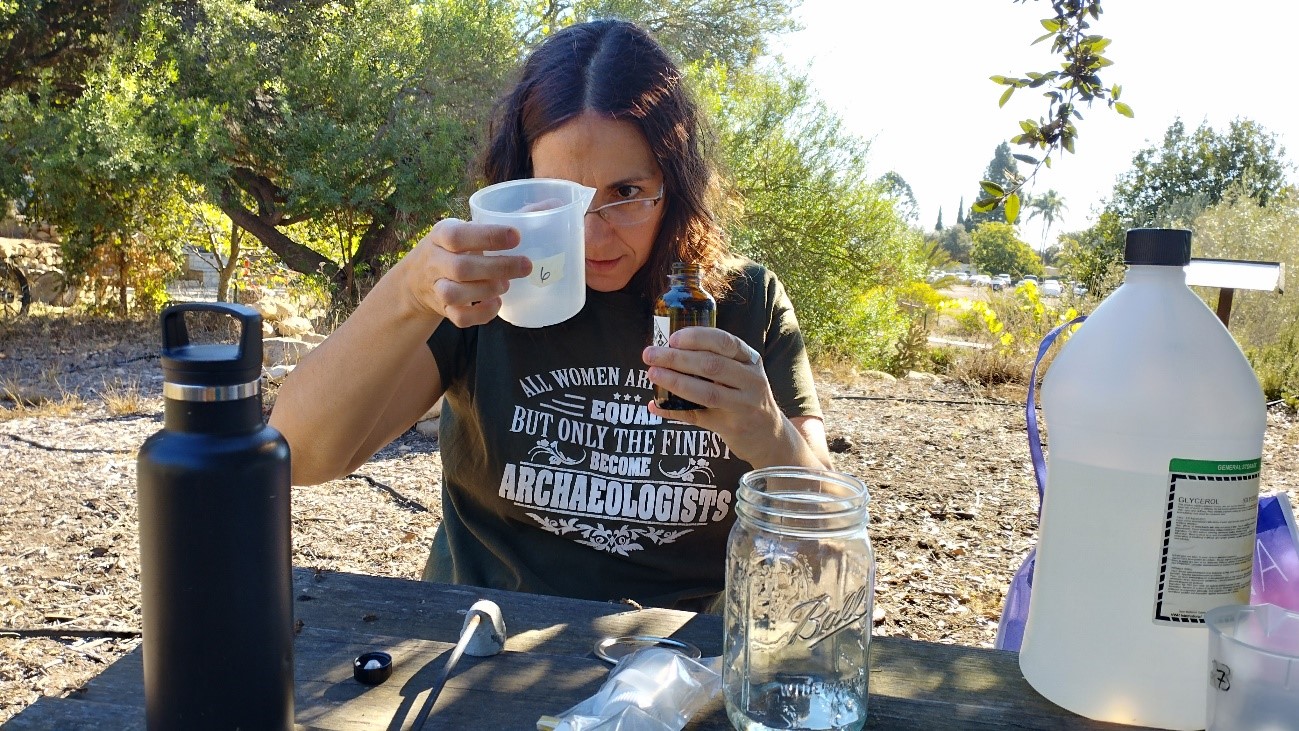The main objectives of the 2022 fieldwork were to sample enough sites to build a robust reference of the current pollen signal (you can always read our adventures from last season here). Our plan was to reconstruct the pollen and NPP signal from current and well-identified vegetation communities, for later comparison with our fossil pollen reconstruction. After a year of processing and reading the pollen from the samples we recovered from the mosses and sediments, some of the samples were sterile. This means that these samples did not contain enough pollen grains to reflect the vegetation composing the landscape. It happens sometimes, in fact it is quite common in sediments from Mediterranean areas with seasonal dry and wet cycles, so the best thing for these moments is to have a plan B, an alternative to save the study. So, we made one. A plan that fit into a tiny, innocent and ordinary mason jar.

This is why in 2023 we went back to the places where some of the surface samples had failed. We prepared pollen traps, devices that would help us to capture the pollen produced by the current vegetation in the next year or years. We will have to wait at least a year, but this will give us a second chance to reconstruct the pollen signal of some of the current dry Mediterranean vegetation communities. If you want to do this at home, you only have to follow a few steps.


Once you have chosen the place where you want to bury your pollen trap, take a mason jar and fill it with glycerine, thymol and formalin. This will provide a medium for the pollen to be preserved from the oxidation or the organic degradation by bacterial growth. This system is inspired by pollen traps known as “Tauber traps” after their developer, Dr. Henrik Tauber during the 70’s, and has proven to be really effective in collecting atmospheric pollen and spores. If you already have your pollen “jar”, dig the hole, place it with a grid on the top in and close it leaving the top out (remember not to cover the whole jar or it will never work). Wait for at least 12 months to have your local pollen signal in a jar.

We have placed most of them in the historic gardens of the Santa Barbara Mission, to better understand how historic Spanish gardens and orchards are represented in the pollen signal, and to better differentiate the signature and presence of these important cultural landscapes in our palaeoenvironmental reconstructions. And all thanks to an innocent jar.